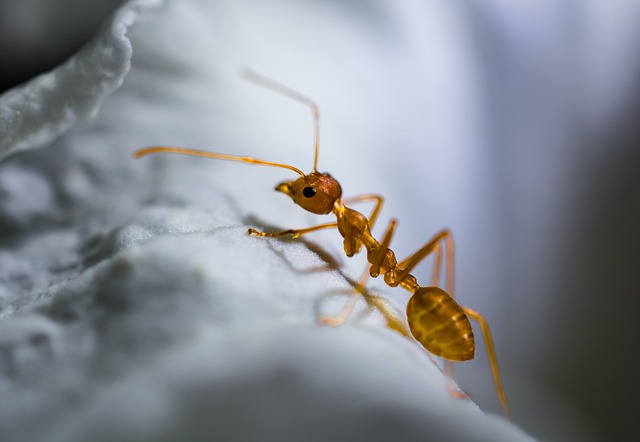Ants are some of the most common home invaders, and they often go unnoticed until a colony is fully established. In New York, where seasonal shifts and dense urban environments create ideal nesting conditions, ants can quickly turn from a minor annoyance into a major problem. While these insects are small, the risks they bring to your health, property, and food supply are anything but minor.
From contaminating food surfaces to damaging wood structures, ants can compromise your living space in ways you may not expect. Understanding their behavior, knowing what signs to watch for, and recognizing when it’s time to seek professional help are key to keeping your home protected. This article outlines the hidden dangers of ants and explains how to identify early infestation indicators.

How Ants Enter and Settle Inside Your Home
Ants are persistent foragers and will exploit the smallest vulnerabilities in your home’s structure. They enter through cracks in the foundation, gaps around doors and windows, utility penetrations, or plumbing lines. Once inside, they are attracted to food crumbs, sugary spills, and moisture near sinks or leaking pipes. Some species prefer to nest inside wall voids, behind baseboards, or in damp areas like bathrooms and basements. Others remain outside but create well-worn trails that allow thousands of workers to enter your home in search of food.
Understanding how and why ants target certain areas of your home is essential. For more insight into their foraging behavior and nesting habits, this article on understanding ant behavior explains how infestations begin and escalate when left unchecked.
The Property Damage You Might Not See
While ants are not as destructive as termites, certain species, such as carpenter ants, can still cause significant damage to wooden structures. These ants do not eat wood but excavate it to build their nests, hollowing out beams, supports, and framing in the process. Over time, this can lead to weakening of structural components and costly repairs.
- Sawdust-like material near windows or baseboards
- Hollow-sounding wood when tapped
- Large black ants appearing near wooden structures
If these signs are present, you may already have a nest inside your home’s framing. Carpenter ant infestations tend to be quiet and can go unnoticed for months before major damage becomes apparent.
Health Hazards You Shouldn’t Ignore
Ants can create unsanitary conditions that put your family at risk. As they move through your home, they walk across contaminated surfaces such as trash bins, drains, and pet waste, then transfer bacteria to countertops and food.
Some ant species may bite or sting, and even those that don’t can cause allergic reactions in sensitive individuals. Food contamination is especially concerning, as ants often target open containers, sugary items, and pet bowls.
- Frequent sightings near food or sinks
- Contaminated pantry items or pet food
- Red or itchy skin reactions after contact
For an overview of why certain ant species pose more serious risks, visit this article covering whether or not ants are dangerous.
Signs That Point to an Infestation
You might not notice an infestation right away, but ants leave behind signs that become more obvious as their numbers grow. Recognizing these early can help prevent a more serious problem from developing.
- Trails of ants along baseboards or walls
- Piles of debris or frass near corners
- Increased ant activity after rain or near plumbing
If ants are returning consistently to the same spots or appearing in large numbers, a colony is likely nearby. What you see on the surface is only a small part of a much larger network that may involve multiple entry points and hidden nests.
Why Professional Intervention Is Essential
Over-the-counter sprays and traps may seem helpful, but they rarely eliminate the full colony. Ants are highly adaptable and will relocate their nests when threatened. Without targeting the queen or source of the infestation, the problem usually returns within days or weeks.
- Persistent activity despite home remedies
- Recurring infestations in kitchens or bathrooms
- Difficulty locating entry points or nests
Professional pest control teams are trained to identify species, locate nests, and apply targeted, long-lasting solutions. They can also offer advice on prevention strategies, sealing vulnerabilities, and adjusting food storage habits to discourage future infestations.If you’re seeing signs of ants in your New York home or suspect a hidden infestation, contact United States Pest Service for expert inspection and safe, effective solutions tailored to your property.

